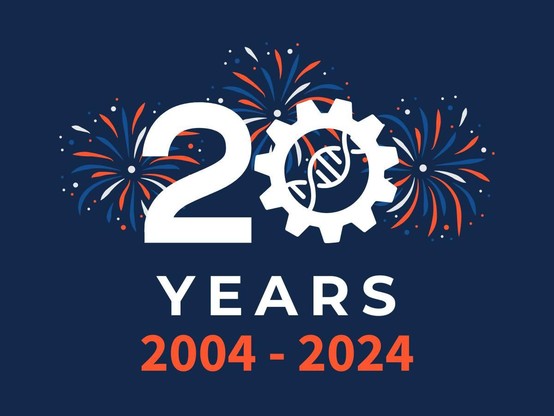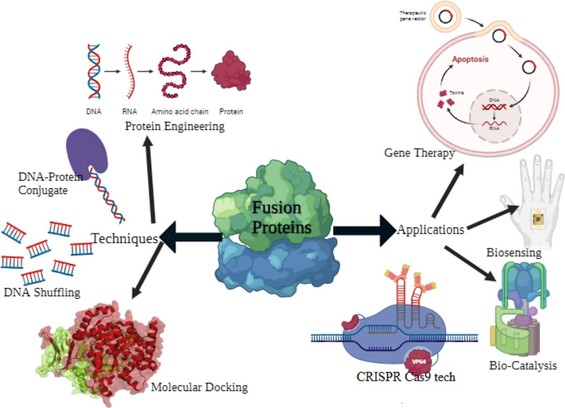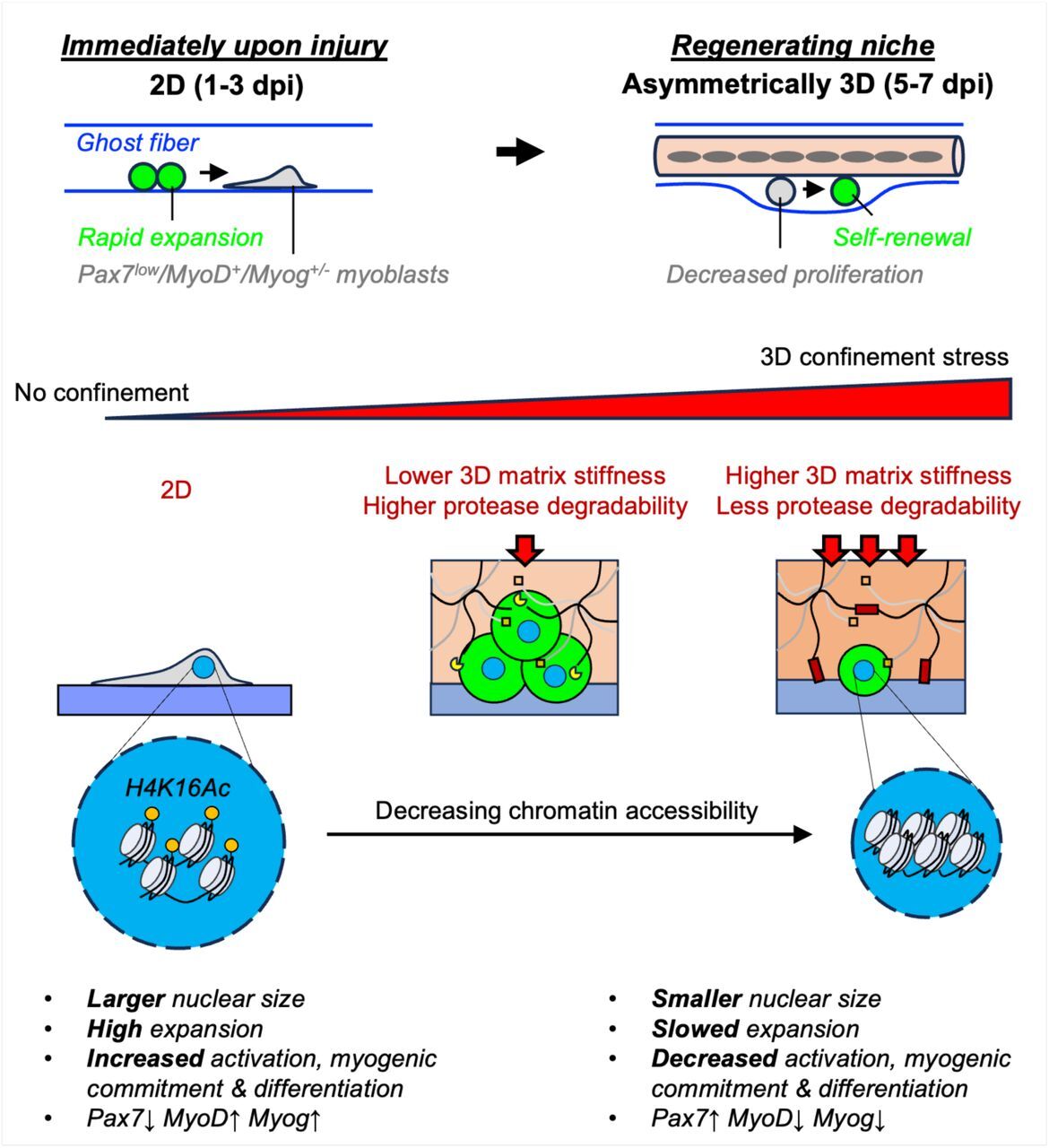
Recent searches
Search options
#bioengineering

(27 Apr) Researchers Tattooed Tardigrades. They Promise It Will Be Useful
The world’s tiniest animal somehow got more hardcore.
https://s.faithcollapsing.com/vti93
Archive: ia: https://s.faithcollapsing.com/qfxka
'BIO Integration' is a platinum #OpenAccess journal focusing on original, cutting-edge, interdisciplinary contents in the field of biosciences - including #Medicine, #Biochemistry, #Biophysics, #Bioengineering, #Biotechnology, etc. - which generate hypotheses and questions relevant to the patient and disease and guide the investigations of cellular and molecular medicine: https://www.scienceopen.com/collection/BIO_Integration

Microalgae instead of oxygen tanks: In a competition by Nature Reviews Bioengineering a team from #HZDR succeeded with the idea of an innovative, self-sustained oxygen mask that uses algae to convert CO₂ into O₂ – ideal for regions with limited resources. #Bioengineering
Imagine controlling machines with only your thoughts! Brain-Computer Interfaces (BCIs) are turning stuff of sci-fi into reality, and Mouser Electronics is leading the way.
Mouser has great content about this tech on their Empowering Innovation Together platform.
Check out mouser.com/empowering-innovation to see how their tech is shaping the future.
Thank you to Mouser Electronics for sponsoring Embedded.
We are excited to celebrate the 20th anniversary of the Illinois Department of Bioengineering at the Frontiers in #Bioengineering #Symposium. More details and a live stream are available here https://bioengineering.illinois.edu/symposium
#research #engineering #science #medicine #health #technology
@academicchatter
New Review Published!
Explore the exciting world of enzymatic protein fusion—where we combine enzymes to enhance biological activity and precision. From biocatalysis to gene therapy and biosensing, fusion proteins are reshaping biotech innovation. Read the full article: https://doi.org/10.1016/j.cis.2025.103473
Cellular Bioengineering - Faculty
Mount Sinai
See the full job description on jobRxiv: https://jobrxiv.org/job/mount-sinai-27778-cellular-bioengineering-faculty/?feed_id=94481
#bioengineering #biomedical_sciences #cellular #cellular_biology #ScienceJobs #hiring #research
https://jobrxiv.org/job/mount-sinai-27778-cellular-bioengineering-faculty/?feed_id=94481

Cellular Bioengineering - Faculty
Mount Sinai
See the full job description on jobRxiv: https://jobrxiv.org/job/mount-sinai-27778-cellular-bioengineering-faculty/?feed_id=94315
#bioengineering #biomedical_sciences #cellular #cellular_biology #ScienceJobs #hiring #research
https://jobrxiv.org/job/mount-sinai-27778-cellular-bioengineering-faculty/?feed_id=94315

Scientists Create Gene-Edited "Peter Pan" Cane Toads to Curb Invasive Species in Australia
Australian researchers are turning to bioengineering to tackle the invasive cane toad crisis. A new gene-edited "Peter Pan" toad, designed to stay juvenile and never mature, could help control the species by preying on its own siblings.
Plans are underway to release these modified toads into the wild, where they’re expected to limit population growth from within. While counterintuitive, this self-limiting approach aims to disrupt the relentless spread of the pests without introducing new toxins or predators.
#Bioengineering #InvasiveSpecies #Conservation #ScienceNews #Australia
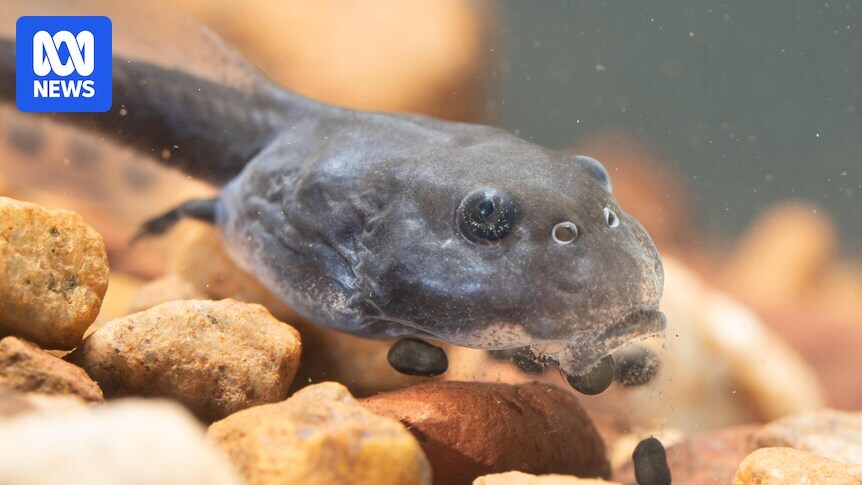
Marking a Breakthrough in the field of Brain-Computer Interfaces (BCIs), a Team of Researchers from UC Berkeley and UC San Francisco has unlocked a Way to restore naturalistic Speech for people with severe paralysis #Bioengineering https://engineering.berkeley.edu/news/2025/03/brain-to-voice-neuroprosthesis-restores-naturalistic-speech/

Cellular Bioengineering - Faculty
Mount Sinai
See the full job description on jobRxiv: https://jobrxiv.org/job/mount-sinai-27778-cellular-bioengineering-faculty/?feed_id=93972
#bioengineering #biomedical_sciences #cellular #cellular_biology #ScienceJobs #hiring #research
https://jobrxiv.org/job/mount-sinai-27778-cellular-bioengineering-faculty/?feed_id=93972

Scientists Unveil Sustainable Solution to Vitamin B12 Deficiency…
Scientists have bioengineered Spirulina to produce active vitamin B12, previously found only in animal products, offering a sustainable, carbon-neutral alternative to meat and dairy. #vitamins #b12 #spirulina #bioengineering

Bioengineered red yeast turns wood waste into a valuable fatty acid
https://phys.org/news/2025-03-bioengineered-red-yeast-wood-valuable.html
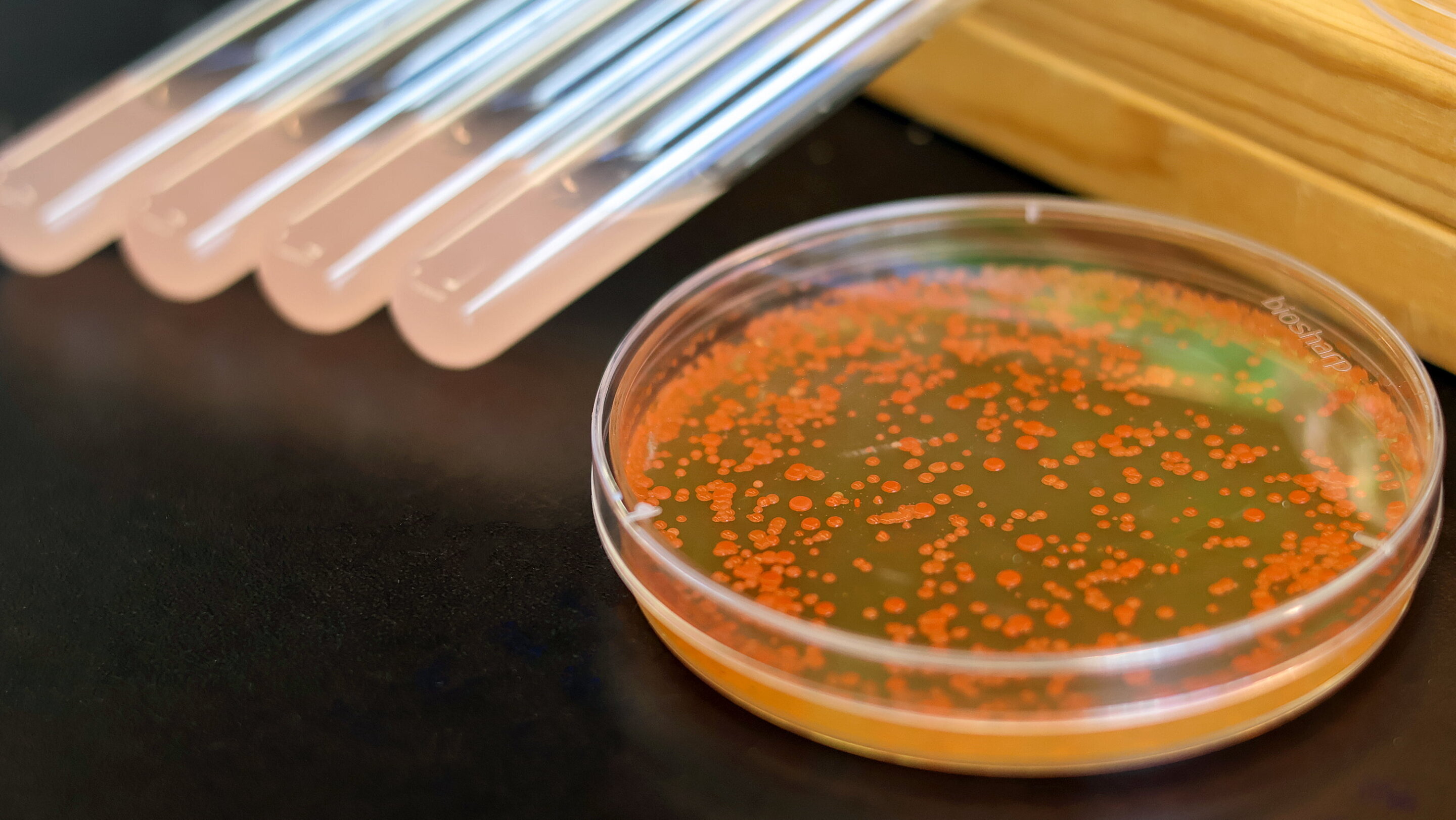
#DigitalWork, #Education, #AI, #Skillsharing, #Mobility, #Bioengineering (e.g. resistant seeds, meat alternatives), #Quantumcomputing, #Encryption, #ProgrammingLanguages.
Technology has significantly transformed our society, will it continue so?
How could and should technology shape our future?
#DigitaleArbeit, #Bildung, #KI, #Skillsharing, #Mobilität, #Bioengineering (z.B. resistentes Saatgut, Fleischalternativen), #Quantencomputer, #Verschlüsselung, #Programmiersprachen.
Technologie hat unsere Gesellschaft stark verändert, wird sie das weiterhin tun?
Wie könnte und sollte Technologie unsere Zukunft verändern?
From @neuralengine : "Applications are now open for up to 3 faculty positions in the Department of Bioengineering at Imperial College London. All areas of Bioengineering."

Job - Alert
PHD & POSTDOC POSITIONS IN METASTASES BIOENGINEERING 100%
Deadline: Applications will be reviewed on a rolling basis.
Location: Switzerland, Basel
Cellular Bioengineering - Faculty
Mount Sinai
See the full job description on jobRxiv: https://jobrxiv.org/job/mount-sinai-27778-cellular-bioengineering-faculty/?feed_id=93384
#bioengineering #biomedical_sciences #cellular #cellular_biology #ScienceJobs #hiring #research
https://jobrxiv.org/job/mount-sinai-27778-cellular-bioengineering-faculty/?feed_id=93384

Scientists Just Engineered Bacteria That Make Biodegradable Plastic



